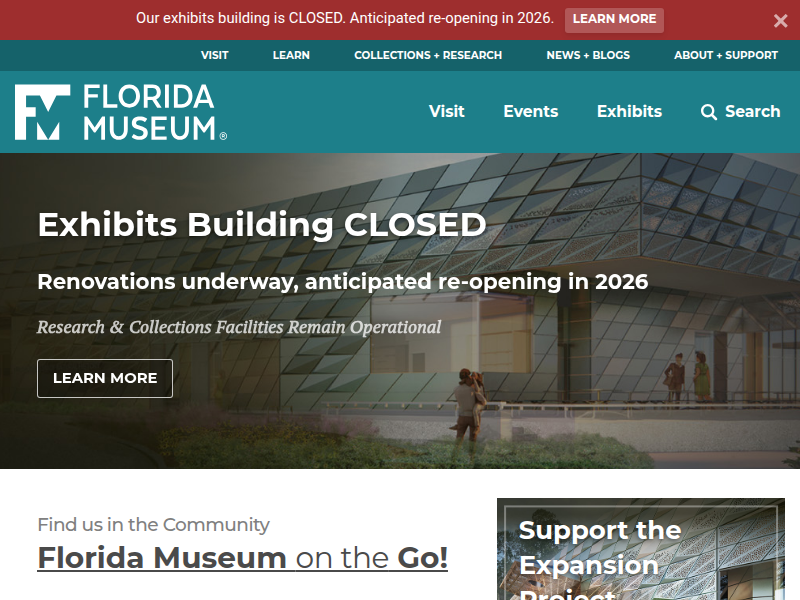Pine Island pollen study leads to revision of state’s ancient geography – Research News https://www.floridamuseum.ufl.edu/science/pine-island-pollen-study-leads-to-revision-of-states-ancient-geography/
A new study of 45-million-year-old pollen from Pine Island west of Fort Myers has led to a new understanding of the state’s geologic history, showing Florida could be 10 million to 15 million years older than previously believed. The discovery of land in Florida during the early Eocene opens the
willing to spend the time looking into it.� Pine Island was the site of a Calusa Indian

